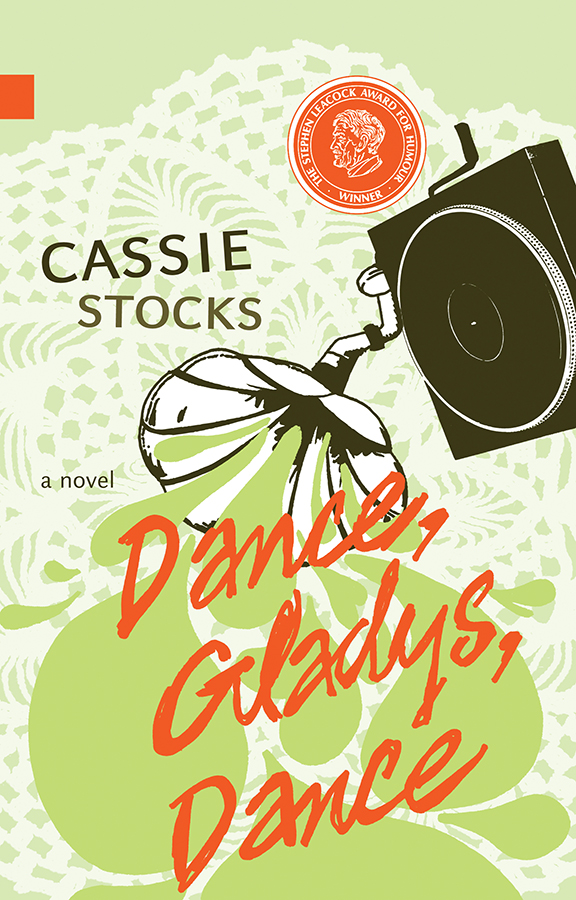Avenue: Reading your bio, your background is really fascinating (eg. You were a rich man’s gardener, an aircraft cleaner, caretaker of a hydroponic pot factory – can you give some of the highlights of these, a timeline of when they happened, and whether any of these experiences, or the people you met, inspired Dance, Gladys, Dance?
Stocks: Most of the events in my bio took place a long time ago (in a galaxy far away) during my youth. One of the highlights of cleaning aircraft was driving a van with a flashing light on top on the runways at night – that was fun. I think doing a wide range of things and meeting extremely diverse groups of people has absolutely informed most of my writing. It has taught me, at the very least, that people are just people, from the richest to the poorest, from the wildest to the most staid, and they all have stories, foibles and strengths.
Avenue: Did you have a solid idea for the ending when you started, or did it develop as you went?
Stocks: I had no idea what the ending of Dance, Gladys, Dance would be. When I started it, I had no idea who the other characters would be or how their lives would intertwine. It was very much a process of discovery with myself sometimes staring at the computer screen as a new character appeared and asking, “Who are you? Where on earth do you fit in?”
Avenue: Plans for a second book?
Stocks: I am hard at work on my second novel, so far titled The Amazing Adventures of Mattress Boy. It’s a tragicomedy, perhaps a little darker than Dance, Gladys, Dance but in the same vein with my accompanying particular and perhaps peculiar take on the world.
Read our review of Dance, Gladys, Dance.
